
THE BEST LAID PLANS …
The plan was to have PART II of the story about spiders to appear on Halloween. Obviously, that didn’t happen. So, what was the problem? As you probably know, Constant Contact has been sending our More Mesa Updates for many years. For all of those years we used their template; one that worked very well for us. Enter the Smart Phone! Because much of its material is being read on Smart Phones, Constant Contact decided to retire the original template and substitute a new one designed to work especially well for the Smart Phone. My excuse … it took me several days and several desperate calls to Constant Contact staff to learn how to work with the new template. I rest my case. Pretend it’s Halloween and enjoy Part II.
Why are Humans Afraid of Spiders?
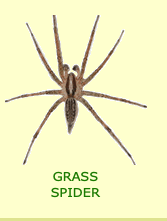 Despite the enormous benefit spiders are to us, humans are ambivalent about spiders. Fear of spiders is mostly cultural and not hard-wired into our DNA, as is the fear of snakes. (We talked about this in an earlier Treasure Hunt.) Also fear of spiders is definitely not universal. In warm countries, spiders are welcomed and appreciated since they rid households of less welcomed insects like cockroaches, flies and earwigs … all year long. Colder countries have the fall-winter change we’ll talk more about below. And, some of these colder countries also have less welcome species like Black Widow Spiders and a dangerous species of Funnel Spiders. (In the event you read Part I of Spiders very carefully, be assured that the species of Funnel Spiders on More Mesa is completely harmless. The one from Australia is the one to watch out for.)
Despite the enormous benefit spiders are to us, humans are ambivalent about spiders. Fear of spiders is mostly cultural and not hard-wired into our DNA, as is the fear of snakes. (We talked about this in an earlier Treasure Hunt.) Also fear of spiders is definitely not universal. In warm countries, spiders are welcomed and appreciated since they rid households of less welcomed insects like cockroaches, flies and earwigs … all year long. Colder countries have the fall-winter change we’ll talk more about below. And, some of these colder countries also have less welcome species like Black Widow Spiders and a dangerous species of Funnel Spiders. (In the event you read Part I of Spiders very carefully, be assured that the species of Funnel Spiders on More Mesa is completely harmless. The one from Australia is the one to watch out for.)
Fear of spiders, known as arachnophobia, is so common that it is on the “top ten” list of phobias around the world. Some people think spiders are “creepy” because of their large number of legs (eight) and their habit of scuttling around in dark corners. They do that because dark corners are where they find food; food consisting of other critters you don’t want in your home anyway. Indulge me in another plea for spiders. They rarely bite, and all but a very few are harmless to humans. Yes, in our area, the Black Widow should be avoided, but even a bite from dreaded large Tarantulas produces only slight irritation. Granted they are definitely not cuddly, but maybe you could cut them some slack … given all the they do for us.
Why are Spiders Associated with Halloween?
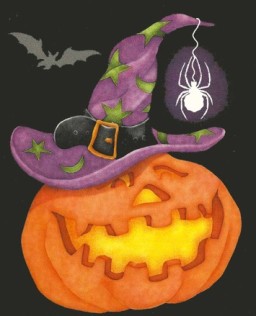 Here are some current explanations:
Here are some current explanations:
- during the Middle Ages belief in witches was rampant; as was the belief that they were at the height of their power in the fall. Somehow spiders became the sidekicks of witches and the same superstitions about witches were attached to spiders as well.
- The colors of fall are typically orange and black and many spiders are black. So, with some sort of crazy logic, spiders were then considered representatives of fall … when Halloween is celebrated.
- An associated legend had it that spiders were thought to have magical powers because they could spin webs.
What’s really going on? Fall is a time when spiders produce young. But more importantly, late fall is a critical time of year for many insects. They are searching for safe and warm havens in which to spend the winter … like your house. When that happens, your house becomes a veritable grocery store for spiders. Not as exciting as witches, magic and supernatural stuff, but more of nature doing what it has to do to adapt to changing weather conditions.
Spider Lifeways Are All About Females
Transitioning from the supernatural to more practical issues, spiders have to make a living, keep from getting eaten and ensure that the species persists. That is where we go from here. So, I started studying about webs, a fascinating subject. But as I learned more and more about webs, I noticed that the pronoun “she” was always used. Then I learned that the world of spiders is all about females and the tremendous amount of hard work they do. All of this was strangely familiar! Following is a typical “To-Do” list for a female spider.
Food Shopping
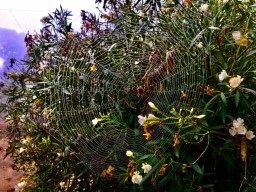 In Part I you might have seen some hints about procuring food when you are a Crab Spider, but when it comes to spider grocery shopping, most of us think of webs. Since spiders are carnivores, webs become perfect butcher shops; places to procure protein; whether it walks in, flies in or otherwise.
In Part I you might have seen some hints about procuring food when you are a Crab Spider, but when it comes to spider grocery shopping, most of us think of webs. Since spiders are carnivores, webs become perfect butcher shops; places to procure protein; whether it walks in, flies in or otherwise.
A web spider has virtual rope factory inside her. The spinneret glands, located in her abdominal region, squirt liquids that solidify immediately into several different kinds of silk. The tensile strength of spider silk is comparable to that of steel wire of the same thickness. However, as the density of steel is about six times that of silk, spider silk is correspondingly stronger than steel wire of the same weight. Web silk’s unmatched combination of strength and toughness allows it to survive the strongest winds as well as the most frantic attempts of captured prey to escape. And if you are not impressed with the above comparisons, I recalled back in my youth learning that the Norden bombsight used Black Widow silk for the crosshairs … that’s how strong it is!
There are a bewildering array of webs, each species building a fixed pattern, with the talents of different species varying greatly. Webs are not only supermarkets but also serve as a safe retreat from enemies and sometimes as a residence as well. Some webs are crude and some extremely delicate, but the one web usually considered the most beautiful, and the most beloved, is the Orb Spider web. Although web building takes between one and two hours in real time, you can watch the tiny (half inch) Spiny Orb Weaver creating her 12 inch diameter web in a couple of minutes. During the build the spider will coat some of the fibers with a sticky substance that entraps any unwary meal, but leaves other strings of the web clear for her to traverse. If the spider gets tired of waiting for dinner to be collected by the web, and would like to sleep, she drops a single line to a convenient “bedroom location” and keeps it attached to one of her legs. When prey wanders into the dining room, the web will vibrate at specific frequencies that are associated with prey capture. At the call of this dinner bell, she will wake and hurry out to inject killing venom. In this video, watch how she packages up dinner in a silk bag and then enjoys it later.
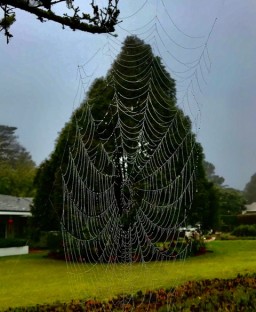 Preparing Dinner Unlike most humans a spider drinks its dinner. This means that before it can consume prey, it must convert a meal into liquid form. This is accomplished by injecting special digestive enzymes into the prey, waiting for liquification and then sucking up dinner. Its stomach can stretch to hold very large amounts of liquid, so the spider cannot really ever overeat. On the other hand, if times get bad, a spider can survive for extremely long periods of fasting … perhaps up to 1 ½ years.
Preparing Dinner Unlike most humans a spider drinks its dinner. This means that before it can consume prey, it must convert a meal into liquid form. This is accomplished by injecting special digestive enzymes into the prey, waiting for liquification and then sucking up dinner. Its stomach can stretch to hold very large amounts of liquid, so the spider cannot really ever overeat. On the other hand, if times get bad, a spider can survive for extremely long periods of fasting … perhaps up to 1 ½ years.
Recycling And, since the Orb Spider is a tidy, thrifty critter and protein is expensive, she is also an avid recycler; i.e. the protein from the old web is never wasted. When the web is no longer usable, she eats and digests it. The web protein then goes back into the silk glands to be made into a new web. In this way, even if a spider misses a few meals, she can still go on spinning webs!
Taking Out the Garbage Like any good housekeeper the spider tidies up. Since dinner has been liquified and ingested, any prey body parts that are left over need to be cut out of the web and discarded. This same process is used for any extraneous and useless material that is blown into the web by accident … like leaves.
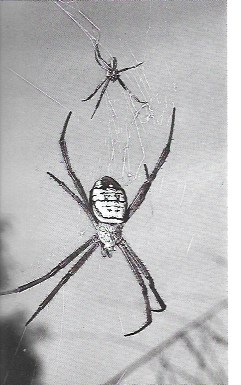 Romance? In Part I we mentioned that female spiders have absolutely no interest in reproduction until their very last molt. As you will see, it is a completely different story for the males. Males are much smaller than the females, do not live as long as the females, are more heavily decorated than the females and have a much shorter “To-Do” list. It has one entry! Their entire lives revolve around a single aspect of their existence … depositing sperm. They are obsessed with this one thing and this one thing only. This singular drive is the reason their webs are messy and badly made. Why? … because males are not territorial and spend their lives moving around looking for girls. Under these circumstances building a good web would not make sense, since they will abandon it as soon as they have accomplished their purpose, and moreover, accomplished it with all the available females in the area. For the males, who are both nomadic, and somewhat dispensable, building a web is an exercise that is more like “pitching a tent” than building a home.
Romance? In Part I we mentioned that female spiders have absolutely no interest in reproduction until their very last molt. As you will see, it is a completely different story for the males. Males are much smaller than the females, do not live as long as the females, are more heavily decorated than the females and have a much shorter “To-Do” list. It has one entry! Their entire lives revolve around a single aspect of their existence … depositing sperm. They are obsessed with this one thing and this one thing only. This singular drive is the reason their webs are messy and badly made. Why? … because males are not territorial and spend their lives moving around looking for girls. Under these circumstances building a good web would not make sense, since they will abandon it as soon as they have accomplished their purpose, and moreover, accomplished it with all the available females in the area. For the males, who are both nomadic, and somewhat dispensable, building a web is an exercise that is more like “pitching a tent” than building a home.
Courting human couples frequently go out to dinner. However to the contrary, males spiders try to make sure that the gals have already eaten. This tactic is imperative because if a female is hungry, she may just eat the potential suitor instead. Further, there is always that danger, even if she has already eaten. That is why the legs of the males are often longer than those of the female. In cases where the date is not going well, this anatomical difference gives the male a chance to escape. (In the photo notice how gingerly the male is approaching.)
A male spider will display several behaviors during courtship, hoping the female will accept his sperm. These behaviors include pulling on the web, rocking his body, pushing the female’s legs, vibrating his abdomen, tapping on the web, making rolling motions with his palps and tapping the female spider. (Reminds me of dance moves I have seen on T.V.) How the sperm gets to the right place is really complicated as I discovered in a really long and graphic article I waded through. (You probably really don’t want to know!
 Pregnancy At this point the female has both eggs and sperm in her body. Since she is so good at spinning, she spins a disc of silk and then deposits both eggs and sperm on that disc. This is when fertilization actually occurs. To protect the fertilized and hardening eggs she completes the task by spinning a cover over the disc to form an egg sac. In some species, she carries the sac with her everywhere, and in others she just deposits the sac somewhere safe and guards it, as is shown in the photo. One of the reasons females are so much bigger in some species is the need for her to carry around that heavy burden of the egg sac. Sacs can contain hundreds of eggs that will hatch into spiderlings in 2-3 weeks.
Pregnancy At this point the female has both eggs and sperm in her body. Since she is so good at spinning, she spins a disc of silk and then deposits both eggs and sperm on that disc. This is when fertilization actually occurs. To protect the fertilized and hardening eggs she completes the task by spinning a cover over the disc to form an egg sac. In some species, she carries the sac with her everywhere, and in others she just deposits the sac somewhere safe and guards it, as is shown in the photo. One of the reasons females are so much bigger in some species is the need for her to carry around that heavy burden of the egg sac. Sacs can contain hundreds of eggs that will hatch into spiderlings in 2-3 weeks.
 Looking After the Kids Just as mother guarded the eggs, she will guard the newly hatched babies. Once spiderlings fully emerge, they usually settle close to the nest area for several weeks before moving on and staking out their own territory.
Looking After the Kids Just as mother guarded the eggs, she will guard the newly hatched babies. Once spiderlings fully emerge, they usually settle close to the nest area for several weeks before moving on and staking out their own territory.
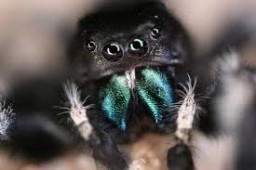 Intelligence And for something really unbelievable, we are discovering that the spider possesses genuine ingenuity and inventiveness in both its web design, as well as in many other areas. Recent studies published in National Geographic showed many species of Jumping Spider could plan out intricate routes and detours to reach their prey — a quality usually observed in larger creatures. And almost everything is much larger than the Jumping Spider! It is between 0.125 and 0.750 inches long. And its brain … it’s the size of a poppy seed.
Intelligence And for something really unbelievable, we are discovering that the spider possesses genuine ingenuity and inventiveness in both its web design, as well as in many other areas. Recent studies published in National Geographic showed many species of Jumping Spider could plan out intricate routes and detours to reach their prey — a quality usually observed in larger creatures. And almost everything is much larger than the Jumping Spider! It is between 0.125 and 0.750 inches long. And its brain … it’s the size of a poppy seed.
Epilogue
 It is all too clear that Stan Lee knew absolutely nothing about spiders when he created Spider-Man in the early 1960s. No self-respecting male spider would be wasting his time as a superhero when he could be mating with thousands of female spiders instead. I guess Lee probably didn’t care, since Spider-Man is often ranked as one of the most popular and iconic comic book characters of all time.
It is all too clear that Stan Lee knew absolutely nothing about spiders when he created Spider-Man in the early 1960s. No self-respecting male spider would be wasting his time as a superhero when he could be mating with thousands of female spiders instead. I guess Lee probably didn’t care, since Spider-Man is often ranked as one of the most popular and iconic comic book characters of all time.
And, of course you knew that I would mention one of the scariest monsters in Harry Potter, Aragog. This giant spider that sired a multitude of giant spiders in the Forbidden Forest, was the size of a small elephant and had legs 18 feet long. Apparently J.K. Rowling did not know much about spiders either, or she would have made Aragog a female.
Stay safe … Valerie

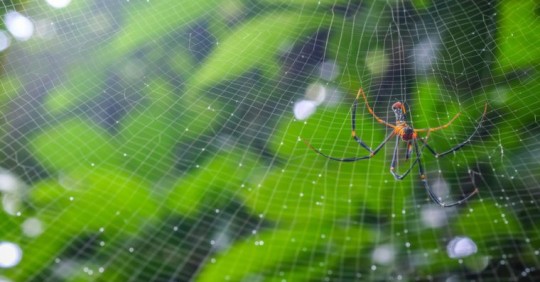 IN KEEPING WITH HALLOWEEN … HOW ABOUT SPIDERS?
IN KEEPING WITH HALLOWEEN … HOW ABOUT SPIDERS? However, given that she was also the goddess of warfare, she worked herself into a rage and destroyed Arachne’s work. Arachne, being a really sensitive artist was so upset that she hung herself. At this development the goddess calmed down at little, took pity on the weaver and loosened the rope. Then she turned the rope into a web and the maiden into a spider. Thus, we have the class Arachnida and the very first indication of the powerful role of females in the spider world.
However, given that she was also the goddess of warfare, she worked herself into a rage and destroyed Arachne’s work. Arachne, being a really sensitive artist was so upset that she hung herself. At this development the goddess calmed down at little, took pity on the weaver and loosened the rope. Then she turned the rope into a web and the maiden into a spider. Thus, we have the class Arachnida and the very first indication of the powerful role of females in the spider world.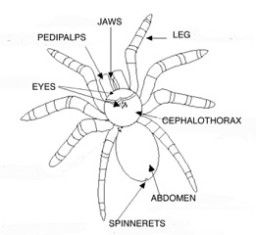 What is it Anyway? … Ask any kindergartener and they will tell you that spiders have eight legs, eight eyes, two body parts and are “way cool.” In the diagram you will see that the first body part, the cephalothorax, is where the eyes are located, legs are attached and most of the muscular structure is contained. The cephalothorax is actually the head and the thorax, but with a solid connection instead of a flexible neck; i.e. the head cannot rotate. The second body part, the abdomen, holds the digestive and reproductive organs and is usually the largest part of the spider. (It also holds the silk producing elements, the “spinnerets”, that you will read about in Part II.)
What is it Anyway? … Ask any kindergartener and they will tell you that spiders have eight legs, eight eyes, two body parts and are “way cool.” In the diagram you will see that the first body part, the cephalothorax, is where the eyes are located, legs are attached and most of the muscular structure is contained. The cephalothorax is actually the head and the thorax, but with a solid connection instead of a flexible neck; i.e. the head cannot rotate. The second body part, the abdomen, holds the digestive and reproductive organs and is usually the largest part of the spider. (It also holds the silk producing elements, the “spinnerets”, that you will read about in Part II.)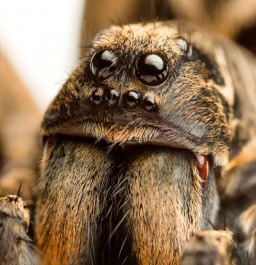 Mouth Parts – Spiders are carnivores. To facilitate hunting these hollow claw-like appendages contain venom glands that allow the spider to inject poison into the prey thereby killing it and allowing the spider plenty of time to wrap it up for a later meal.
Mouth Parts – Spiders are carnivores. To facilitate hunting these hollow claw-like appendages contain venom glands that allow the spider to inject poison into the prey thereby killing it and allowing the spider plenty of time to wrap it up for a later meal.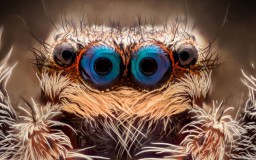 Eyes – Spiders usually have eight eyes, but few have good eyesight. They rely instead on touch, vibration and taste stimuli to navigate and find food. (Only a few spiders, like the wolf spider, need good vision.) Of the eight eyes, the job of the two very large front eyes is to get a clear, color image and judge distance. And while they are large, these are simple, single lens eyes that are NOTHING like either human or insect compound eyes. The small side eyes, called ocelli, needed because the spider cannot move its head, detect when something is moving. You need a lot of them to get a 360 degree view in order to spot your dinner or an unwanted diner!
Eyes – Spiders usually have eight eyes, but few have good eyesight. They rely instead on touch, vibration and taste stimuli to navigate and find food. (Only a few spiders, like the wolf spider, need good vision.) Of the eight eyes, the job of the two very large front eyes is to get a clear, color image and judge distance. And while they are large, these are simple, single lens eyes that are NOTHING like either human or insect compound eyes. The small side eyes, called ocelli, needed because the spider cannot move its head, detect when something is moving. You need a lot of them to get a 360 degree view in order to spot your dinner or an unwanted diner!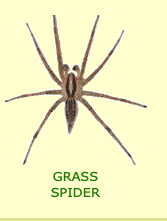 Molt – What the kindergartener won’t tell you is that the spider has an exoskeleton; a hard covering that is like a suit of armor to protect body parts and organs. The exoskeleton cannot grow, which means that the spider, like insects, must periodically crawl out of the whole outside of its body in order to grow larger. Needless to say, this is a complex process and one in which the spider is very vulnerable, wisely choosing to “hide out” until the molt is over.
Molt – What the kindergartener won’t tell you is that the spider has an exoskeleton; a hard covering that is like a suit of armor to protect body parts and organs. The exoskeleton cannot grow, which means that the spider, like insects, must periodically crawl out of the whole outside of its body in order to grow larger. Needless to say, this is a complex process and one in which the spider is very vulnerable, wisely choosing to “hide out” until the molt is over. Defense – The principal way that spiders try to escape their predators is to avoid being seen. Some of them live in burrows where a predator would have to do some major digging to find them. These underground dwellers also make sure they have well camouflaged doors. Spider mimics try to look like the background of where they live and still others mimic a dead leaf, a twig, a stem or even bird droppings! In the image on the right a crab spider has turned yellow and captured an unsuspecting bee for dinner. Only recently scientists have officially documented the camouflaging capabilities of a crab spider. It is one of the few spider species that can reversibly change the color of their bodies to match the colors of the flowers where they hang out and stalk prey. Although it can take up to 25 days to change color, once changed they can largely remain unseen. What colors are on their pallet … white, yellow and green. See how this works for a clever crab spider. In the final analysis, a spider’s worst enemy is weather; in the form of drought, flooding or a long cold winter. Since these kinds of things happen to all the organisms in the population, things eventually sort out.
Defense – The principal way that spiders try to escape their predators is to avoid being seen. Some of them live in burrows where a predator would have to do some major digging to find them. These underground dwellers also make sure they have well camouflaged doors. Spider mimics try to look like the background of where they live and still others mimic a dead leaf, a twig, a stem or even bird droppings! In the image on the right a crab spider has turned yellow and captured an unsuspecting bee for dinner. Only recently scientists have officially documented the camouflaging capabilities of a crab spider. It is one of the few spider species that can reversibly change the color of their bodies to match the colors of the flowers where they hang out and stalk prey. Although it can take up to 25 days to change color, once changed they can largely remain unseen. What colors are on their pallet … white, yellow and green. See how this works for a clever crab spider. In the final analysis, a spider’s worst enemy is weather; in the form of drought, flooding or a long cold winter. Since these kinds of things happen to all the organisms in the population, things eventually sort out.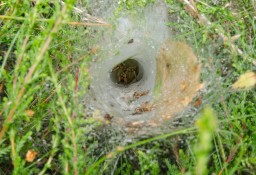 Types of Spiders – There are many types of spiders living on More Mesa and in your house or garden. Among these are the famous Orb Weavers that charm and delight us. (We will talk a lot about these in Part II.) There are also Wolf Spiders, who are one of the few species with good eyesight. They have to catch prey by running it down. Their lives are hard, strenuous and dangerous; and actually, more like that of a cheetah than a wolf. Finally, on a foggy morning in More Mesa you may be able to see dozens of funnel that are the home of Funnel Spiders in the grasses. Look for the hole in the funnel, she’s waiting for some unwary insect to drop in for lunch!
Types of Spiders – There are many types of spiders living on More Mesa and in your house or garden. Among these are the famous Orb Weavers that charm and delight us. (We will talk a lot about these in Part II.) There are also Wolf Spiders, who are one of the few species with good eyesight. They have to catch prey by running it down. Their lives are hard, strenuous and dangerous; and actually, more like that of a cheetah than a wolf. Finally, on a foggy morning in More Mesa you may be able to see dozens of funnel that are the home of Funnel Spiders in the grasses. Look for the hole in the funnel, she’s waiting for some unwary insect to drop in for lunch!

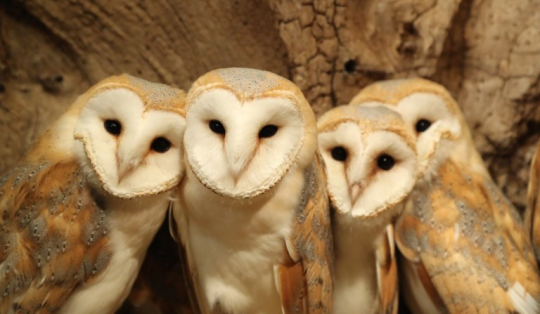
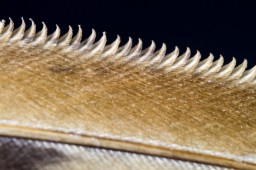


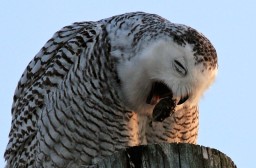
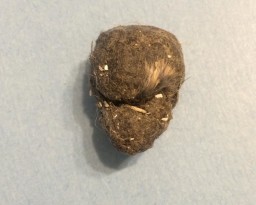
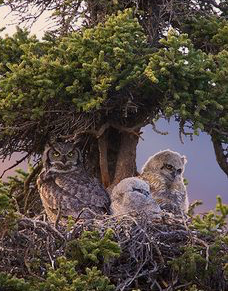

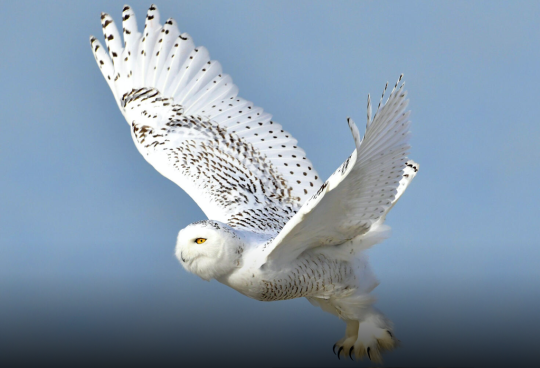

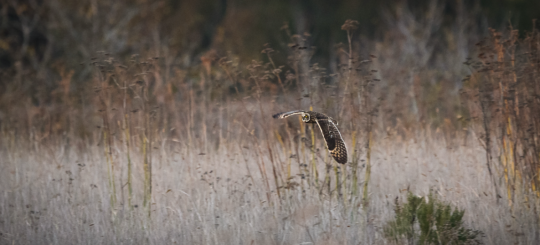 WHOOOOO? … IT’S OWLS
WHOOOOO? … IT’S OWLS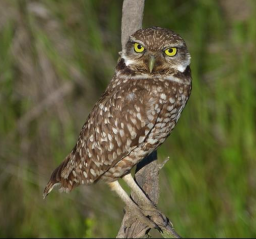
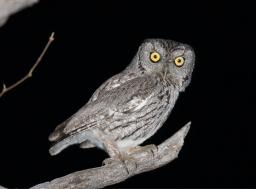
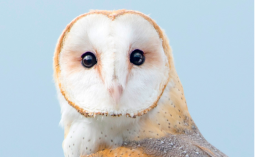

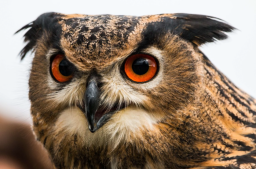
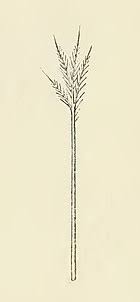
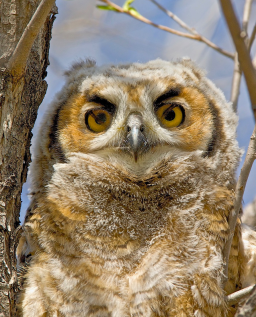
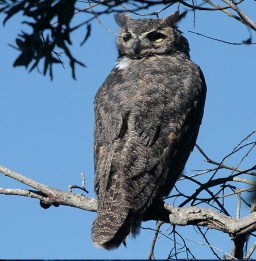
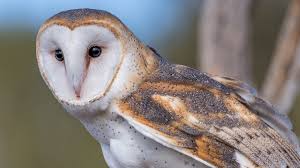
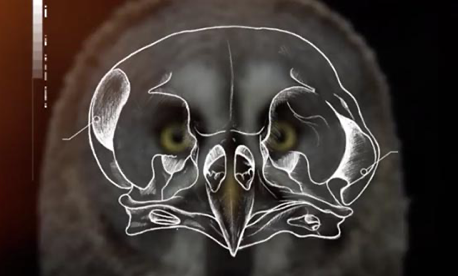 such that owls can detect a left/right time difference of about 30 millionths of a second! To see owl hearing in action, check out
such that owls can detect a left/right time difference of about 30 millionths of a second! To see owl hearing in action, check out 
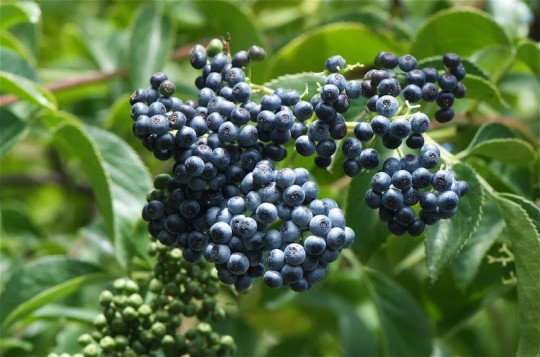 About Elderberry
About Elderberry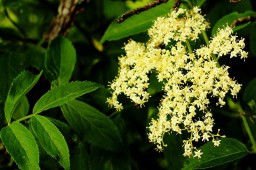 There are several species of Elderberry in the U.S., with the most common in the West being the Blue Elderberry; a deciduous shrub that can grow up to 30 feet high. Its leaves, 4 inches long and 2 inches wide, are arranged in opposite pairs with 5-9 serrated leaflets. In late spring and summer, the shrub bears tiny white elderflower clusters that can form into a group as large as 12 inches in diameter.
There are several species of Elderberry in the U.S., with the most common in the West being the Blue Elderberry; a deciduous shrub that can grow up to 30 feet high. Its leaves, 4 inches long and 2 inches wide, are arranged in opposite pairs with 5-9 serrated leaflets. In late spring and summer, the shrub bears tiny white elderflower clusters that can form into a group as large as 12 inches in diameter.
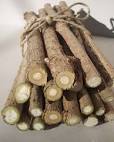
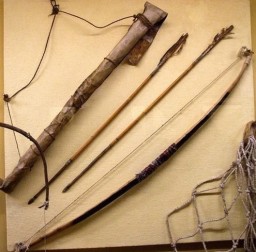
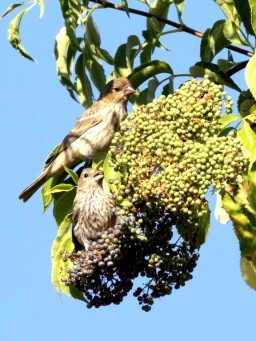 The importance of Elderberry for wildlife in various areas has been widely recognized. Numerous species of mammals and birds are known to consume its fruit or foliage, and apparently, they don’t have to cook the fruit first. For example, Elderberry is an important food source for native songbirds including western bluebird, ash-throated flycatcher, white-crowned sparrow and California thrasher.
The importance of Elderberry for wildlife in various areas has been widely recognized. Numerous species of mammals and birds are known to consume its fruit or foliage, and apparently, they don’t have to cook the fruit first. For example, Elderberry is an important food source for native songbirds including western bluebird, ash-throated flycatcher, white-crowned sparrow and California thrasher.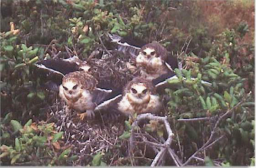
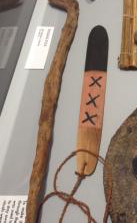


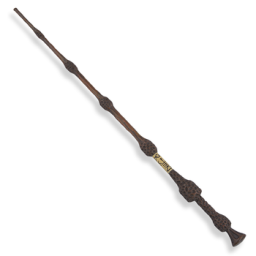 And finally, we will end this Treasure Hunt with the “Elder Wand”, the most powerful wand in the wizarding world of Harry Potter … the one wand to rule them all. Wizards think Elderberry is pretty great too!
And finally, we will end this Treasure Hunt with the “Elder Wand”, the most powerful wand in the wizarding world of Harry Potter … the one wand to rule them all. Wizards think Elderberry is pretty great too!